Fiber optic patch cables are patch cables from the equipment to the fibra optic link, also called fiber optic jumper, fiber patch cord, fiber optic patch leads, etc. With a thick protective layer, it is generally used for the connection between the optical transceiver and the terminal box, widely applications in communication rooms, fiber to the home, local area network, fiber optic sensors, CATV network, fiber optic communication systems, fiber optic connection transmission equipment, national defense warfare equipment, etc.
International standards: GR326, IEC61300-2, ROHS, IEC61754, IEC61753-1 standards
How to Make Fiber Patch Cord?
Yingda have 1000 square meters of jumper production workshop and 5 complete production lines to meet the mass production of batch orders. All production is strictly managed and produced in accordance with the requirements of the ISO9001:2015 management system, and all products meet IEC CE ROHS standards and 100% tested and shipped.
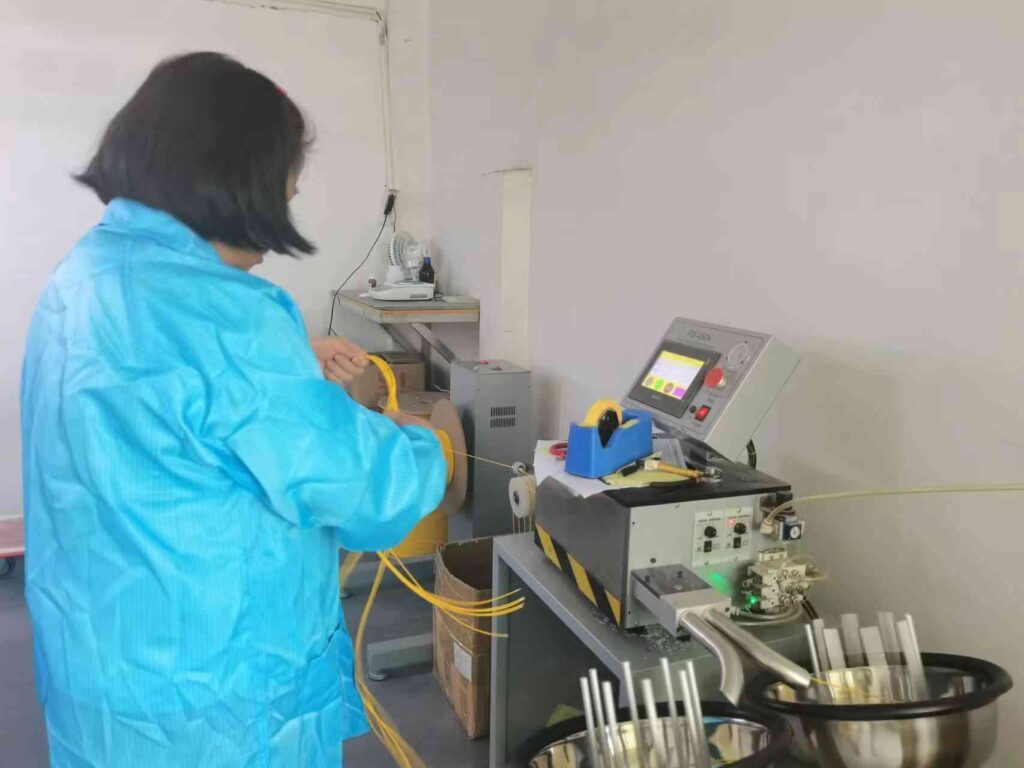
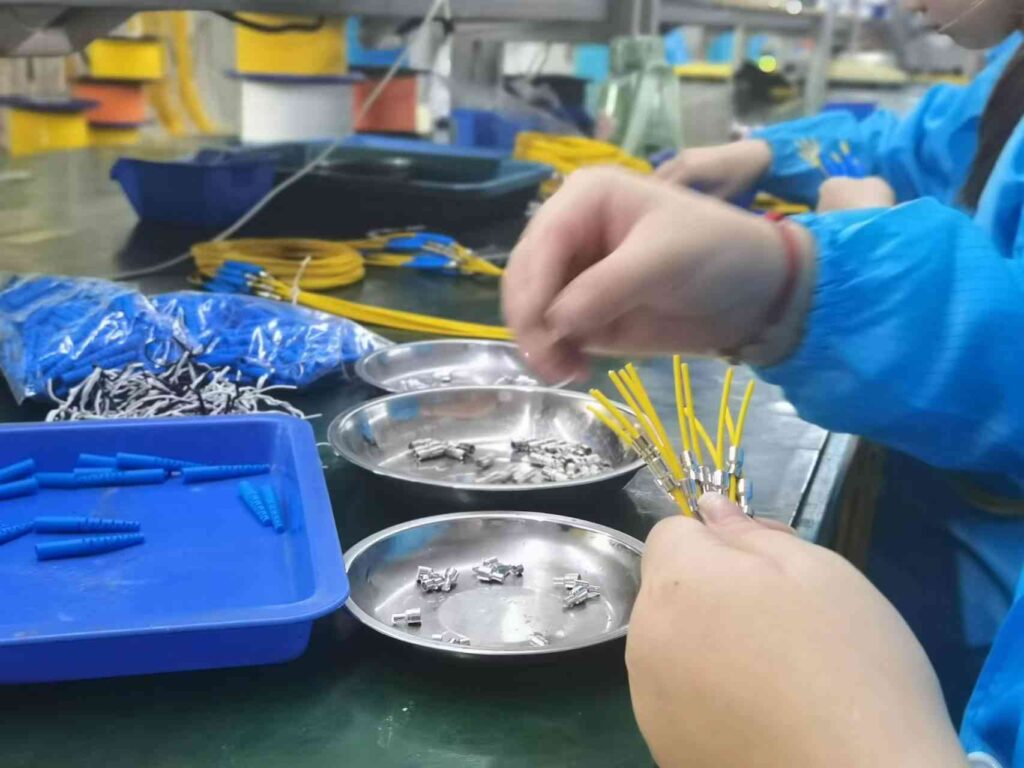
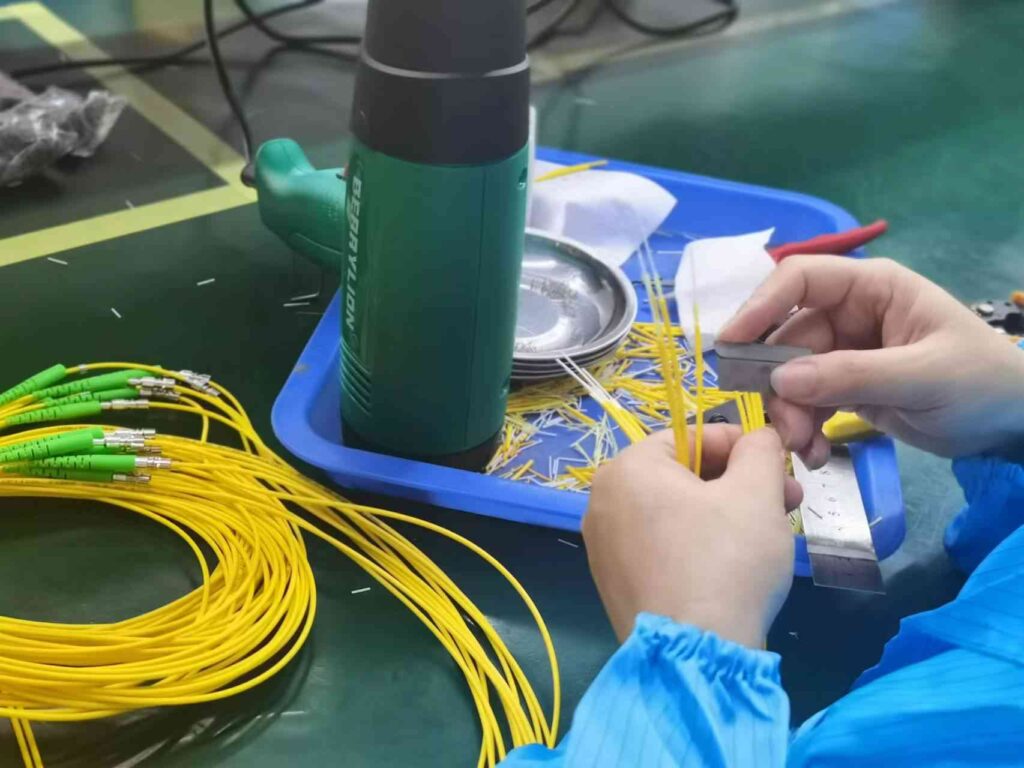
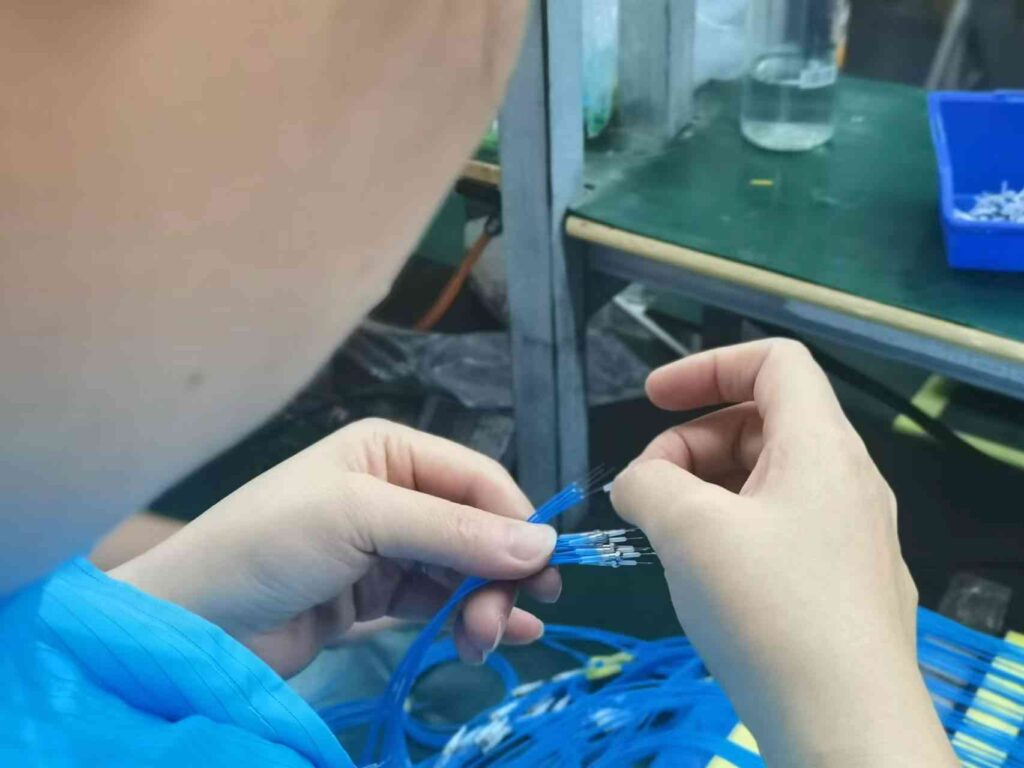
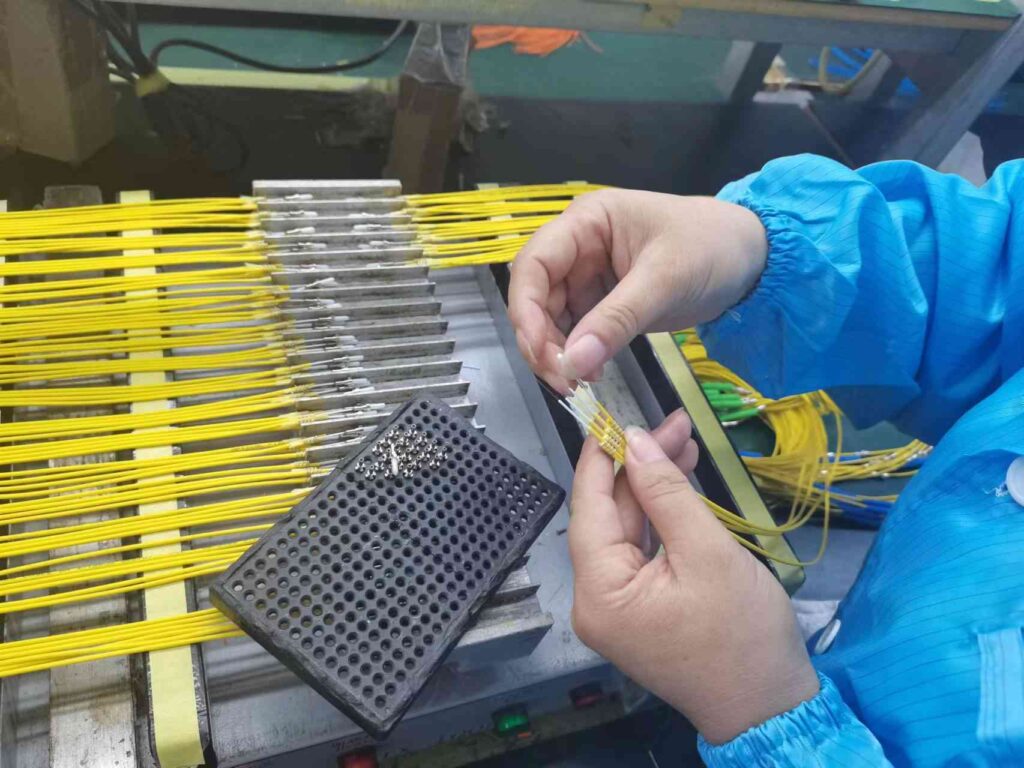
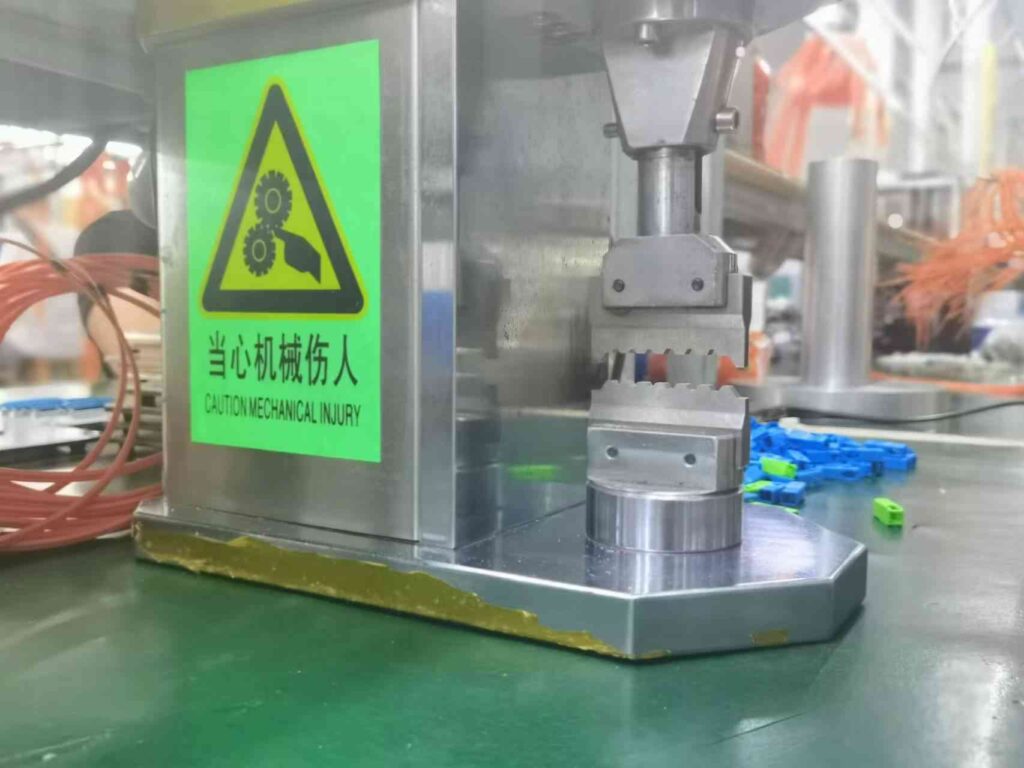
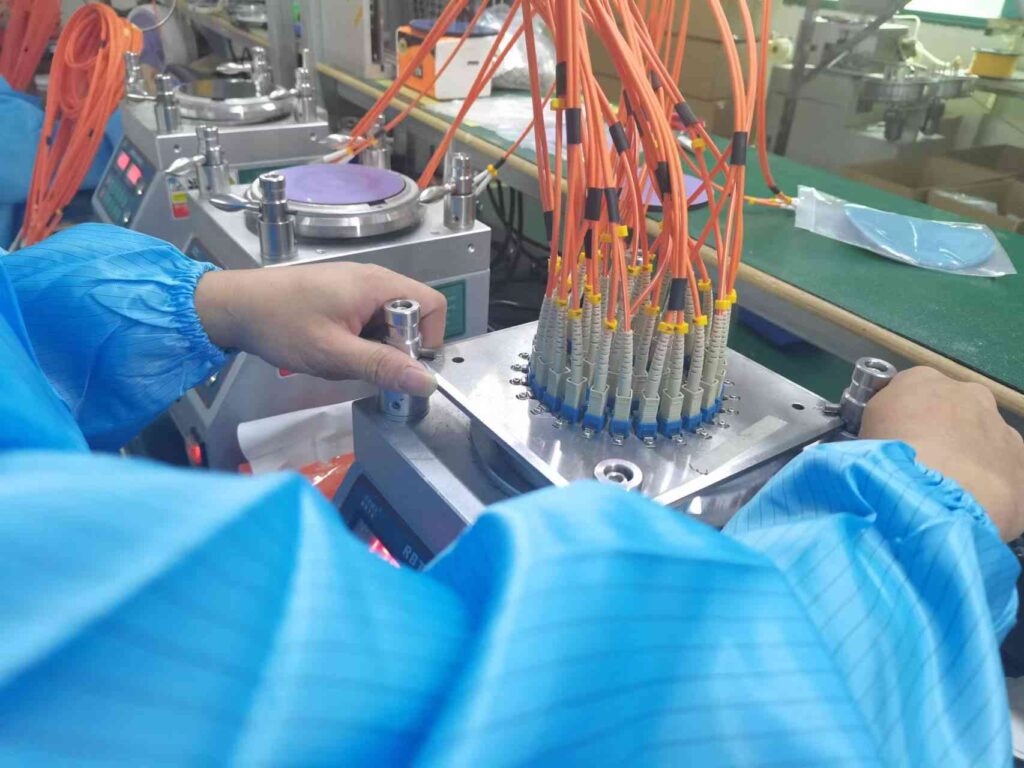
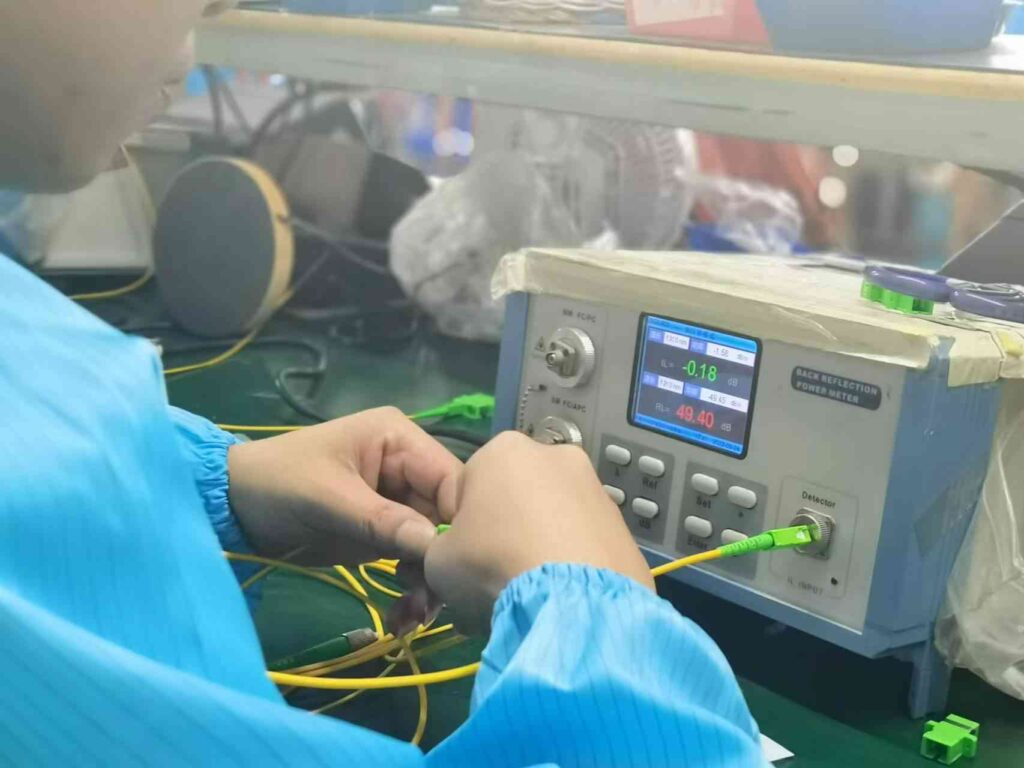
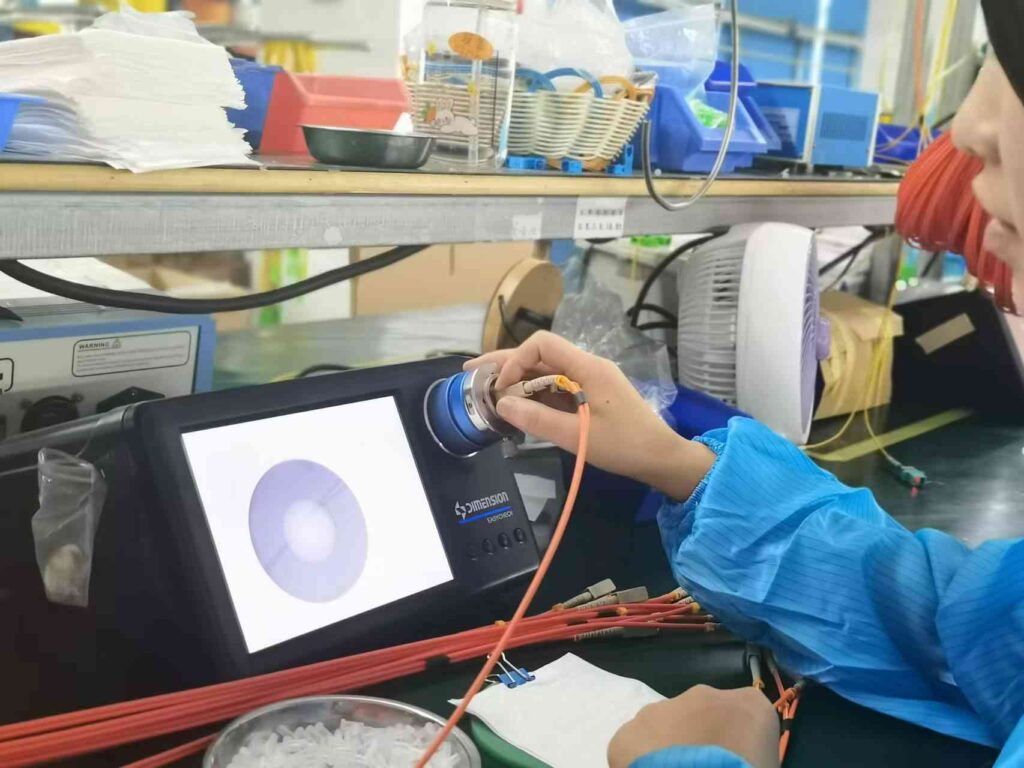
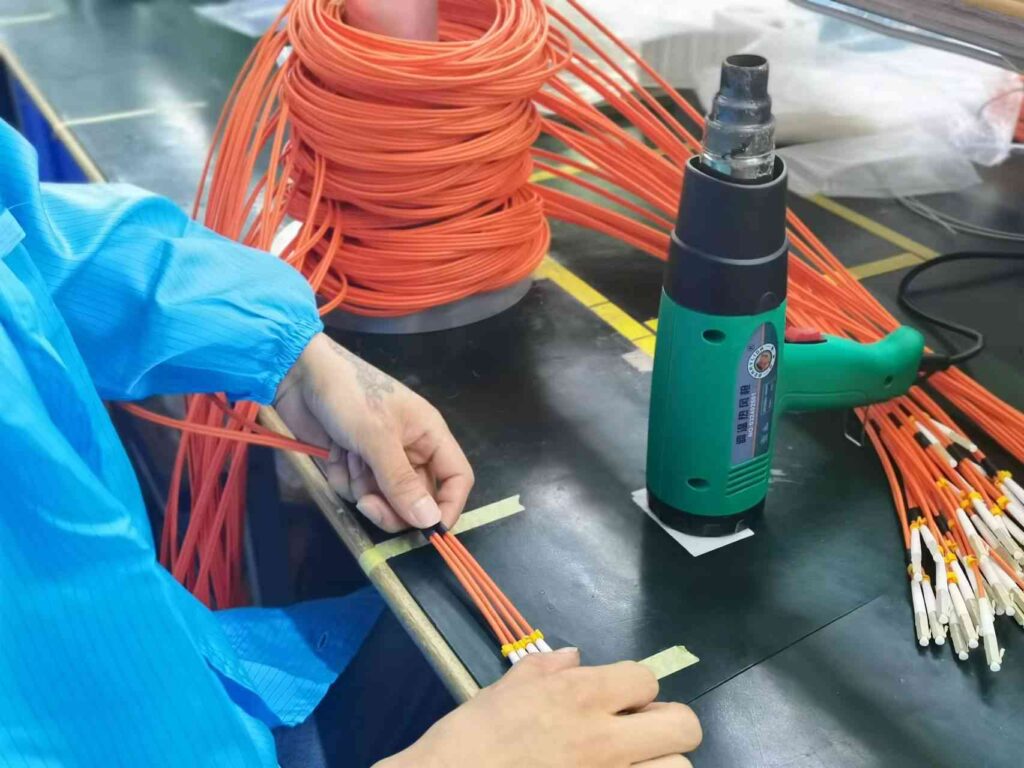
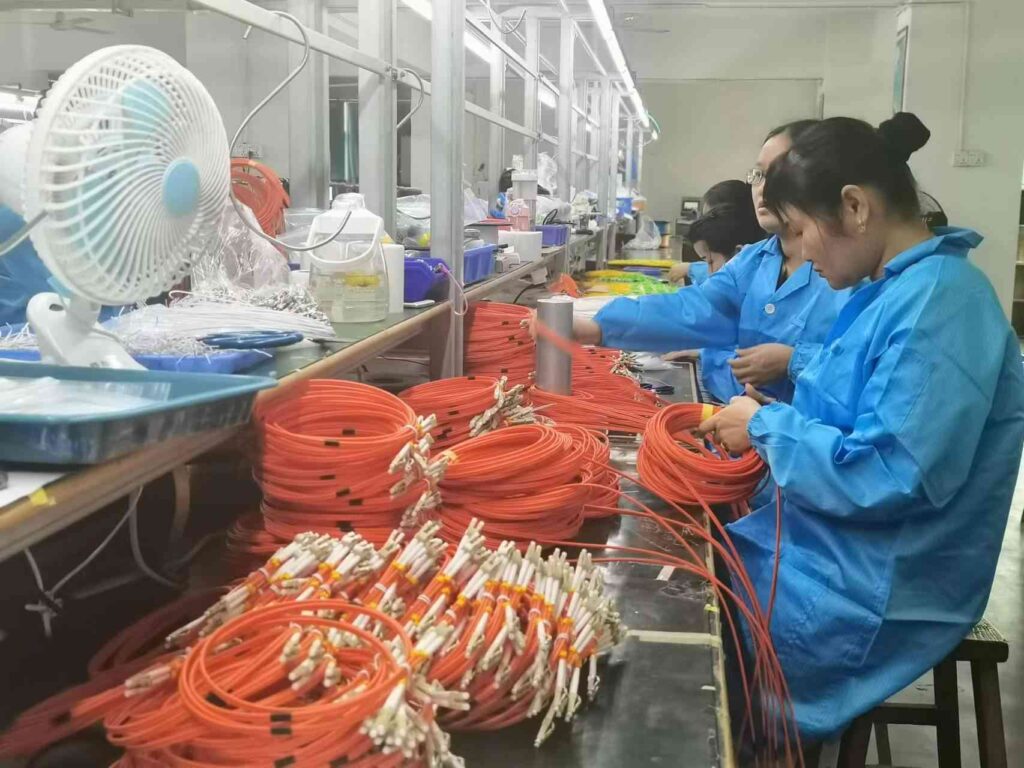
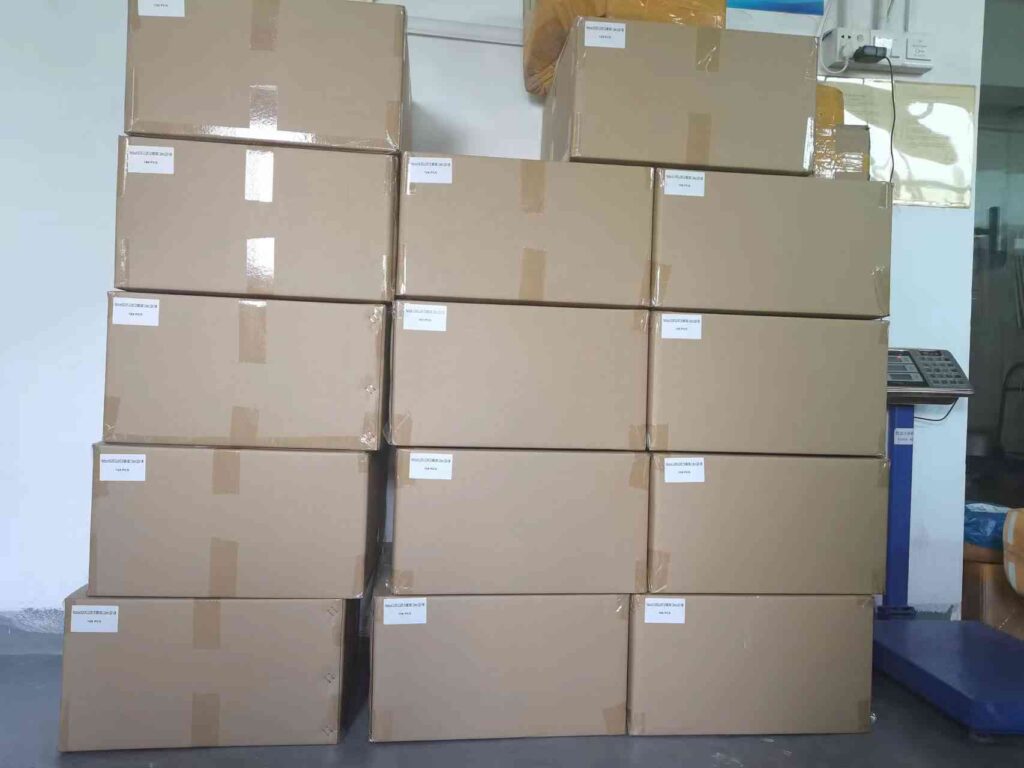
Fiber Patch Cord Types
Fiber patch cord is the terminated passive optical device of FTTx deploying system. There are many ways to classify, below briefly describe the common ones.
Type By Fiber Optic Transmission Mode
Optical Fiber Patch Cord is similar to coaxial cable, but there is no mesh shielding layer. At the center is a glass core that transmits light. According to the fiber core diameter, there are 2 types of fiber optic jumper: single mode patch cord and multimode patch cord.
Multimode fiber core diameter is 50um~65 um. Single mode fiber core is 8um~10um.
Because the fiber types cannot be identified by the naked eye, international standards have specified the procurement and usage differentiation like cable sheath color and connector color.
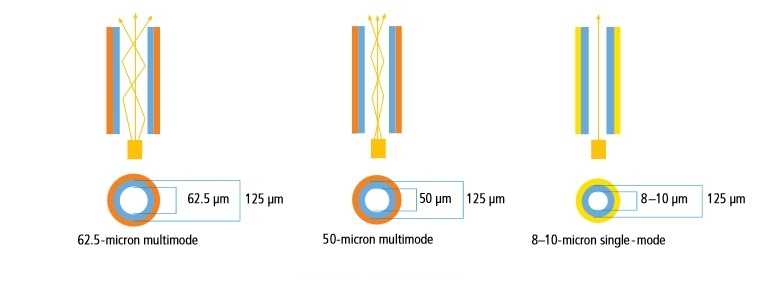
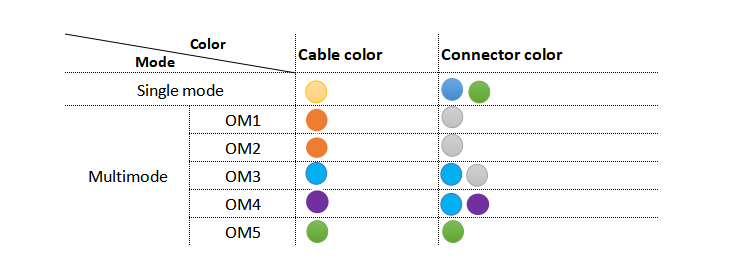
Type By Fiber Optic Connectors
There are many types of fiber connectors, SC LC ST FC D4 DIN FDDI MU MTRJ MPO MTP SMA PDLC FULLAXS DLC NSN ODVA ODC etc. Below only display normal standard connectors, special waterproof connectors will be introduced in FTTA patch cord.
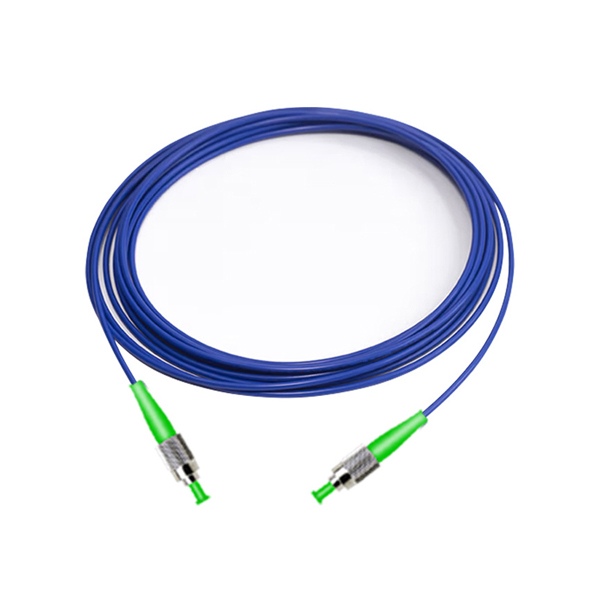
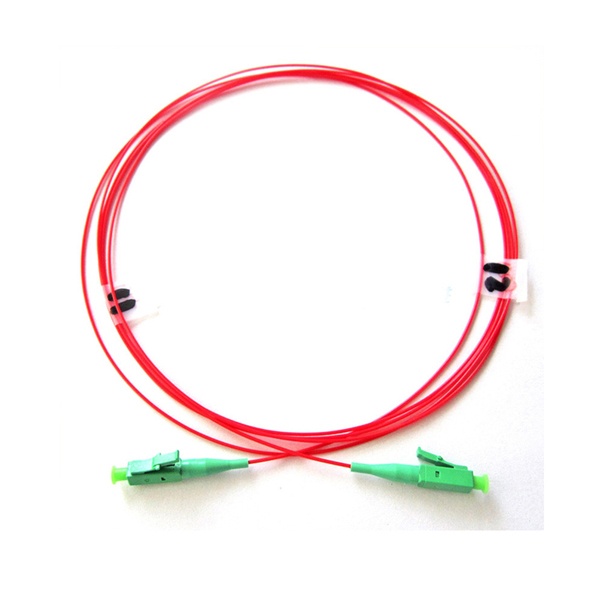
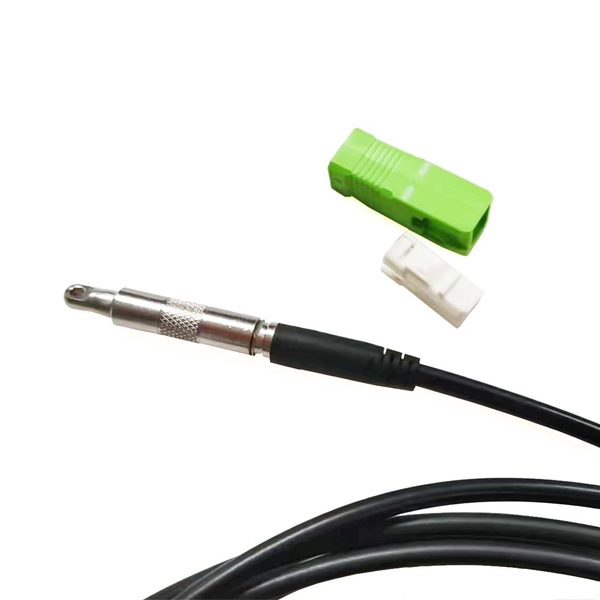






Type By Fiber Optic Cables
Fiber patch cords are end-user optical device. In order to match the construction and protection of the fibers on site, will configured with different types of fiber optic cables and connectors according to the actual usage scenario.
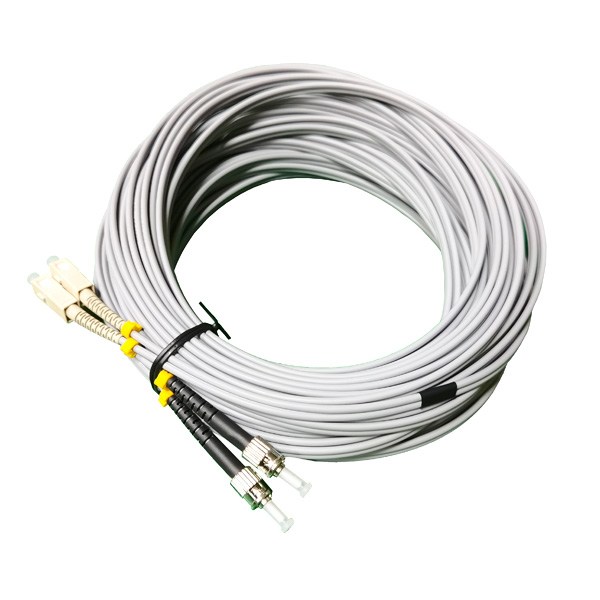
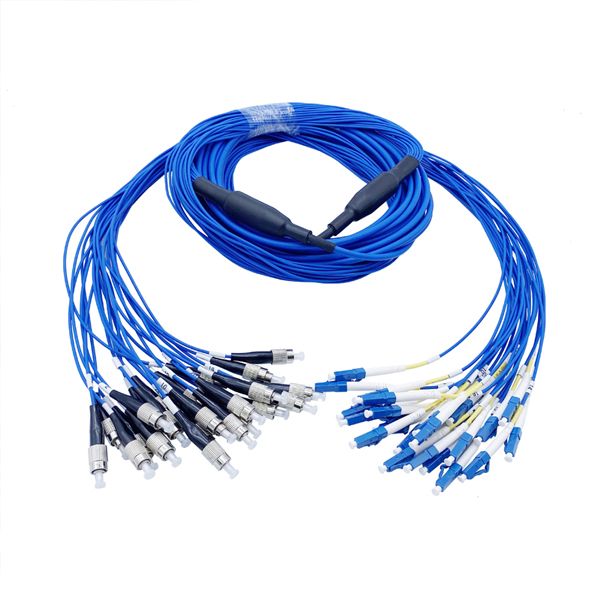
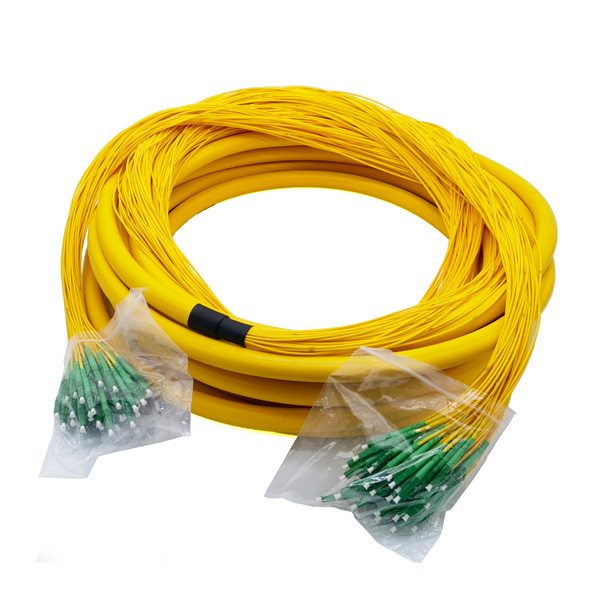
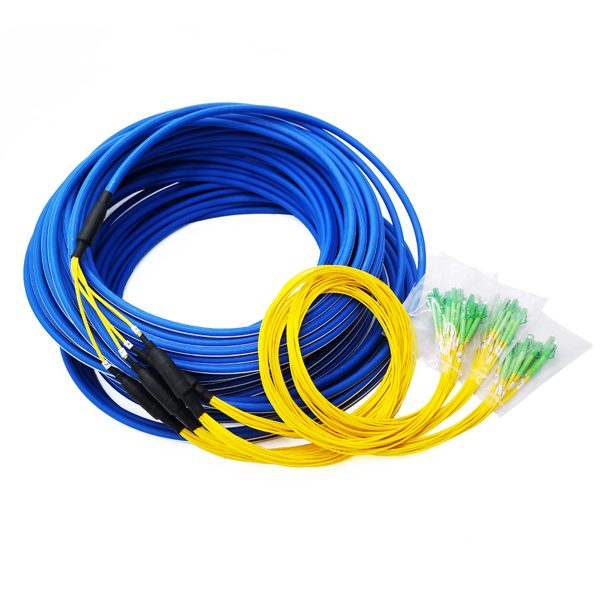

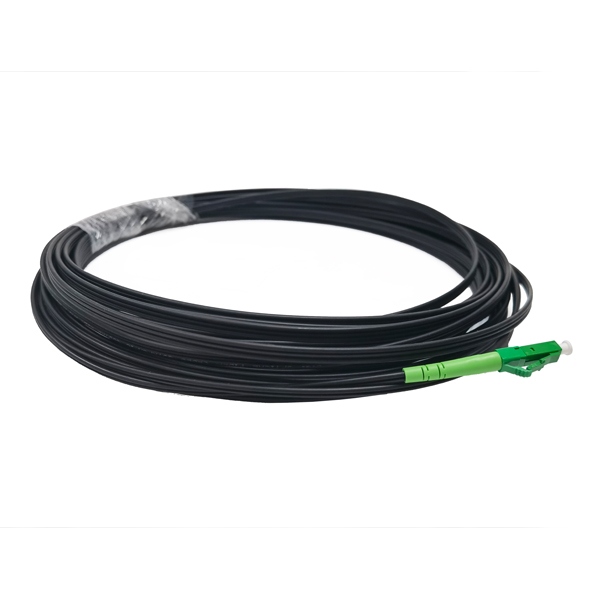
Working Principle
The optical fiber jumper connects the two end faces of the optical fiber through the optical fiber adapter precisely, so that the optical energy output by the transmitting optical fiber can be coupled to the receiving light to the maximum extent. Therefore, the main requirements of the patchcords are small insertion loss, high transmission loss, good repeated plugging, stable environment and good connection and removal performance.
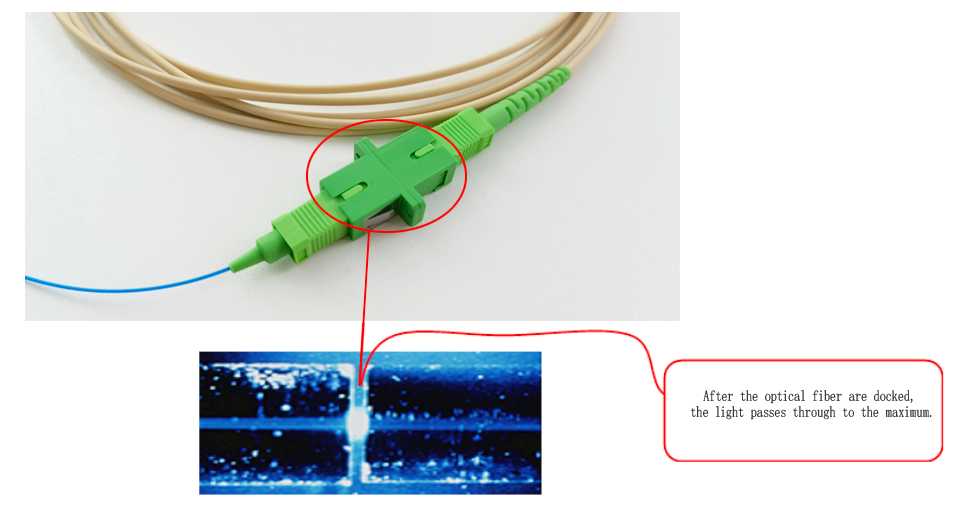
Advantage of Fiber Patch Cords
Transmission speed can meet 400Gbps
Compared with copper cables, fiber optic patch cables have a much higher transmission speed. The transmission speed is up to 400Gbps for single-mode fiber cables and 100Gbps for multimode OM4 fiber cables.
Transmission distance can reach 160km
Fiber optic patch cables can be connected to devices far away from each other because they are made of optical fibers that can be transmitted very far in the air or underwater. For example, multimode fiber cables can be extended up to 2 kilometers, while single-mode fiber cables can be extended up to 160 kilometers under ideal conditions.
Low attenuation rate and high immunity to noise
Fiber optic patch cords are immune to electromagnetic interference (EMI) and radio frequency interference (RFI). In addition, they have the lowest attenuation loss among all the types of cable connectors, which makes them more reliable than copper cables.
Fiber cable strands are Tiny
The bare fiber is similar like thehuman hair. Their data transmission capabilities much outweigh those of their copper counterparts. Regular copper cable is four times wider and only transmits a fraction of the data. Fiber cable is lighter, more flexible, and takes up less room (and therefore easier to manage). The extra space allows for more significant cooling, more accessible access to the equipment it connects to, and a more pleasant design.
Cost is much lower
The fiber is made of glass, which is much cheaper than copper, and it is use up. But copper is limited.
Laser print on cable
– Yingda can print your logo on the cable itself, with your brand, part number, contract number , mfr date, length mark, or any data you need to show.
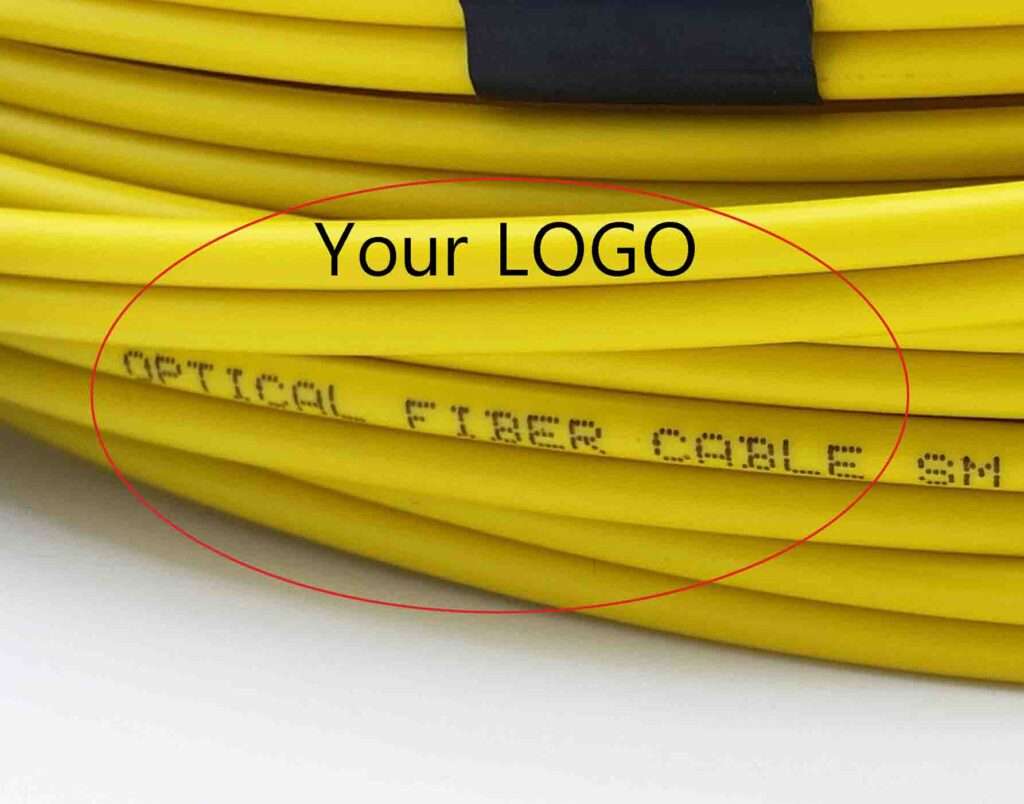
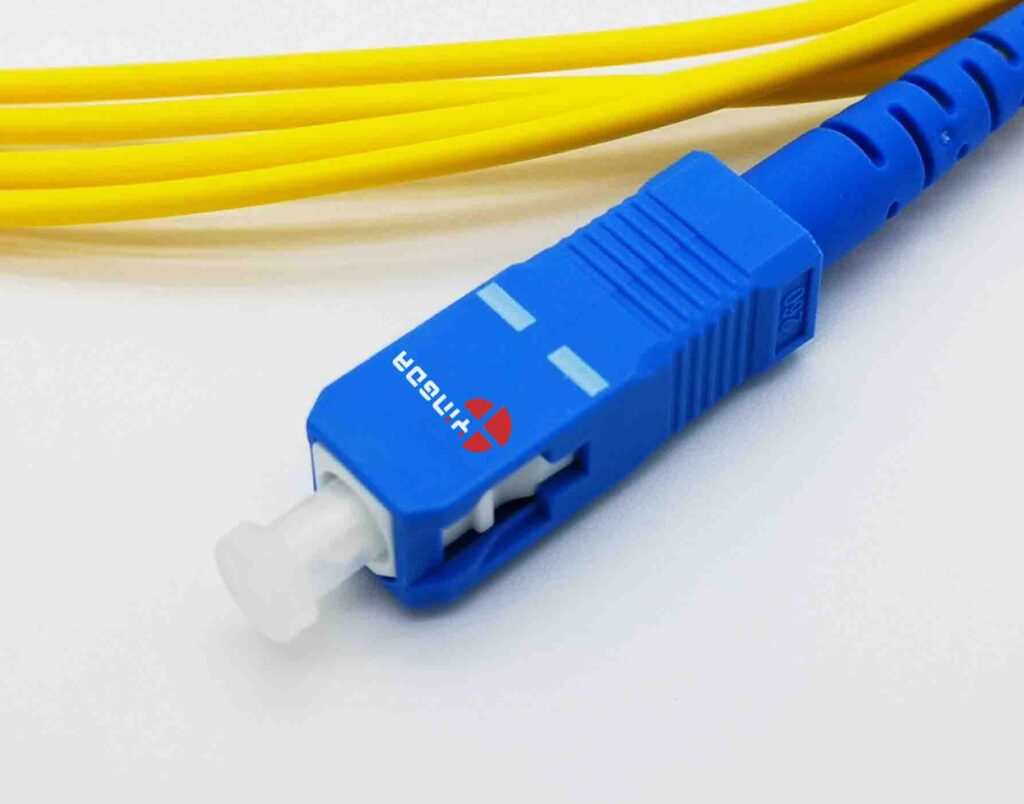
Silk print on connectors
– Yingda offer silk print or laser print your brand or logo in words or picture on connectors, which is good for brand promotion.
Pulling eye for duct
– All kinds of custom pulling eye in plastic or metal can be done on customer request to meet special applications.
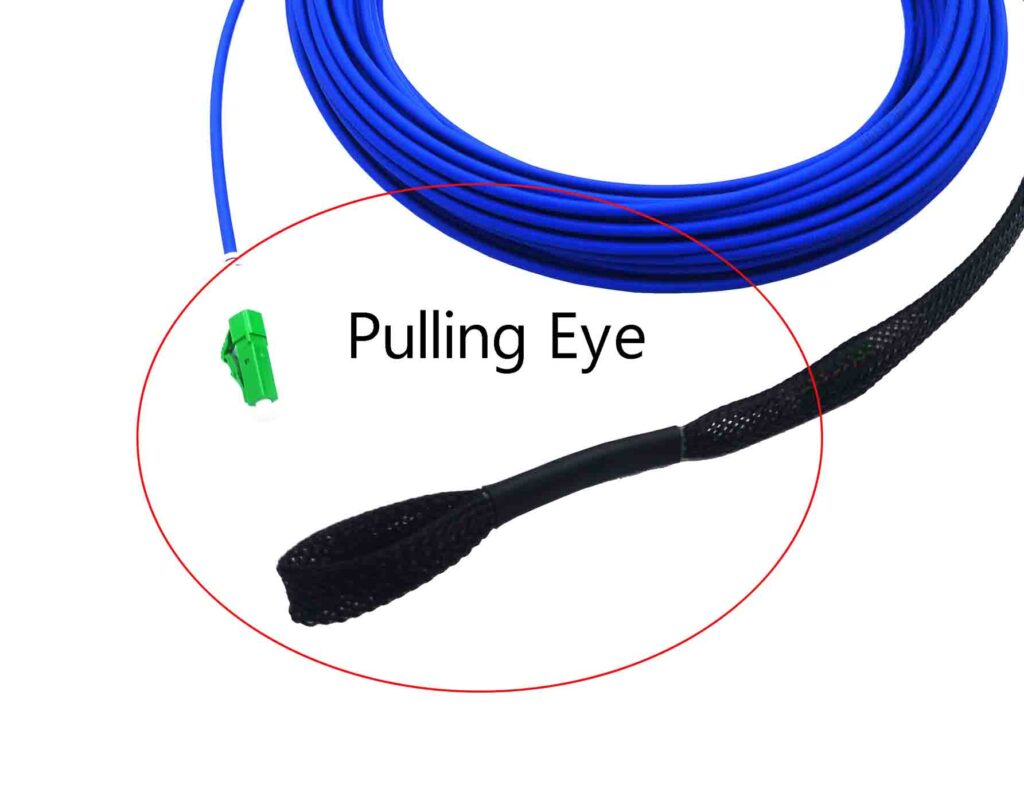

Custom label
– Each patch cord or pigtails will be configure with a sticker, where all the data is customized, bar code for better stock track.
How to Buy Fiber Patch Cords
We only serve wholesalers, carriers, importers or traders, not do retail sales. Detail offer will be provided within 24 hours.
- Connector type: SC FC LC ST E2000 MTRJ MU D4 DIN FDDI VF45 LX.5 MPO MTP SMA etc.
- Ferrule type: UPC PC APC SPC
- Fiber type: Single mode(G652D, G657A1, G657A2, G657B3, G655), Multimode (OM1 OM2 OM3 OM4 OM5)
- Fiber count: 1core, 2core, 4core, 8core, 12core, 24core, 48core, etc.
- Cable type: 900um, 1.6mm, 2.0mm, 2.4mm, 3.0mm 3.5mm 5mm , 7mm, 2x3mm, 2x5mm, 4.0*7.0mm etc.
- Cable jacket: PVC, LSZH, OFNR, TPU, PE, etc.
- Cable length: 1, 2, 3, 5, 10, 15, 20, 30, 50, 80, 100, 150, 200 … etc.
NOTES:
if you are not sure what do you need is, pls talk to us by message, mails or video. Or please talk to your end users.
Precautions In Use
- Fiber optic fast connector installation is very easy, but it is highly susceptible to contamination and damage resulting in damage to the performance of the fiber, in the installation process should be away from dust and contaminants, and inserted fiber slowly to prevent fiber from broken.
- The optical modules at both ends of the fibre optic patch cord must have the same wavelength of transmission and reception. The simple way to distinguish is optical module have the same colour. In general, shortwave optical modules use multimode fiber (orange fiber) and longwave optical modules use single-mode fiber (yellow fiber) to ensure the accuracy of data transmission.
- Do not over-bend and loop the optical fiber in use, which will increase the transmission attenuation.
- Always put on dust cap after use, or else dust and oil will damage the coupling of the fibre.
- If the fibre optic connector is soiled, clean with a cotton swab dipped in alcohol, otherwise the communication quality will be affected.
- Wipe the ceramic ferrule end face with alcohol and skimmed cotton before use.
- The minimum bending radius of the optical fibre is not less than 150mm when used.
- Prevent the core and the end face from bruising and pollution, and put on the dust cap in time after disassembly.
- Do not look directly at the end face of the optical fibre when transmitting laser signals.
- In case of man-made and other irresistible damage, replace the damaged optical fibre jumper in time.
- Read the manual carefully before installation, and carry out installation and commissioning under the guidance of the manufacturer or distributor’s engineer.
- If there is any abnormality in the fiber optic network or system, use the troubleshooting method to test one by one. Firstly use visual fault locator (laser pointer) to check if the light can go through, if not, it is broken. Or further use the precision fiber optic insertion loss and return loss tester to check all indicators. If all indicators in the qualified range, the jumper is good, and vice versa is not qualified.
Fiber Patch Cords Packs
Yingda provides all kinds of package methods for customers, like PP bag, blister box, candy pack or others.
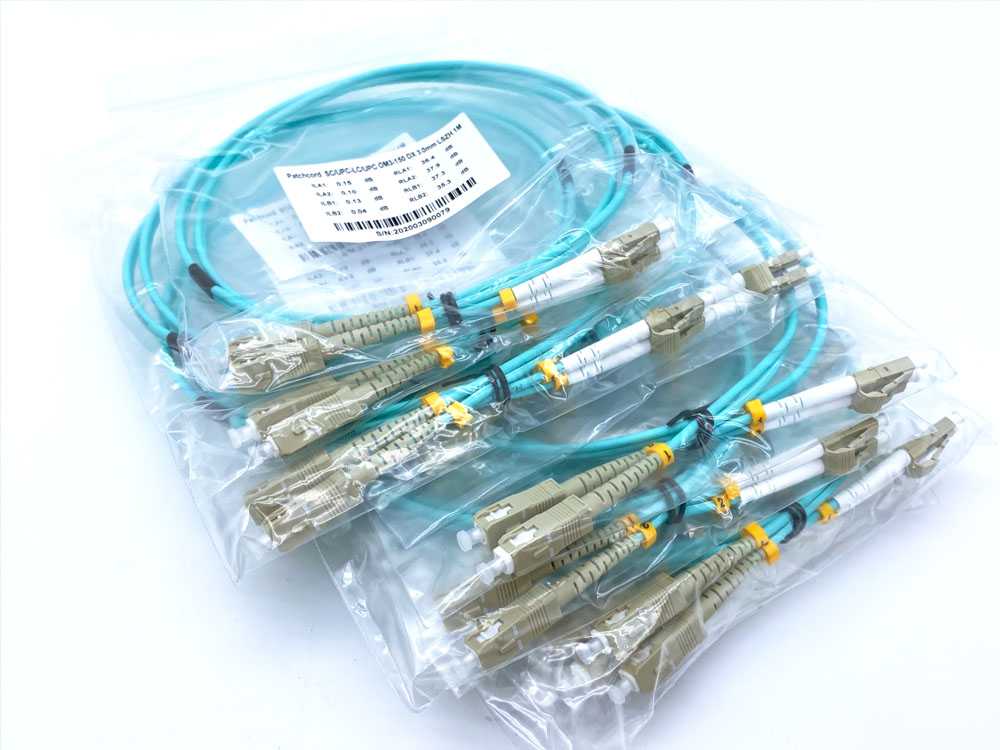
Plastic bag (short length)
1 pc / bag, 500 pcs / carton
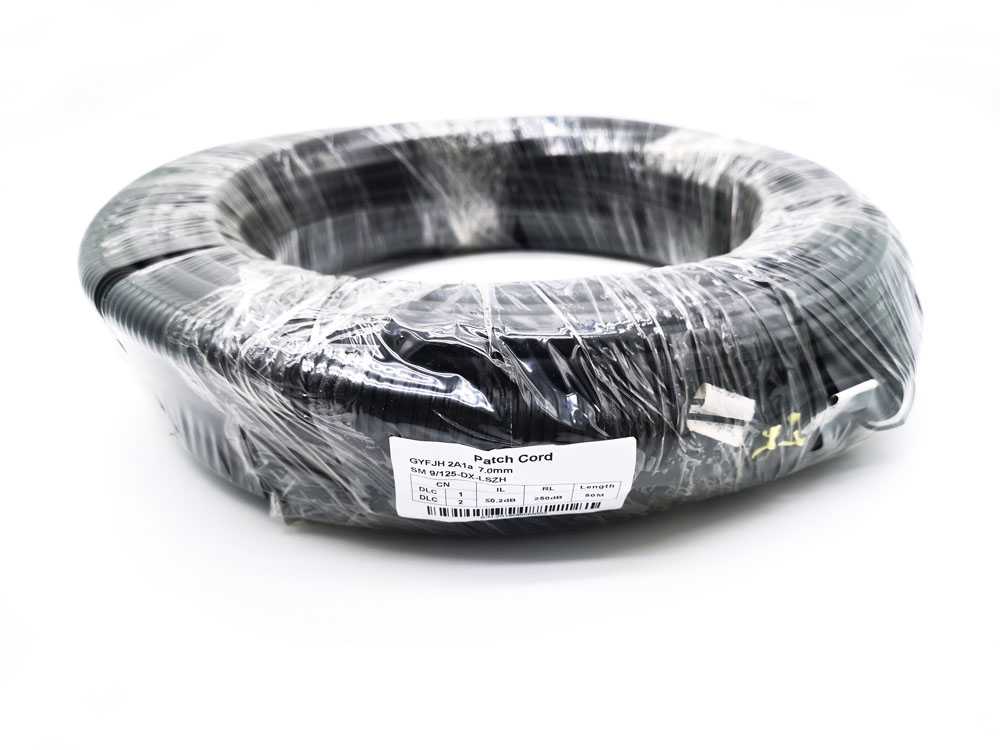
Plastic film wrap (long meter)
1 pc / wrap, 10pcs / carton
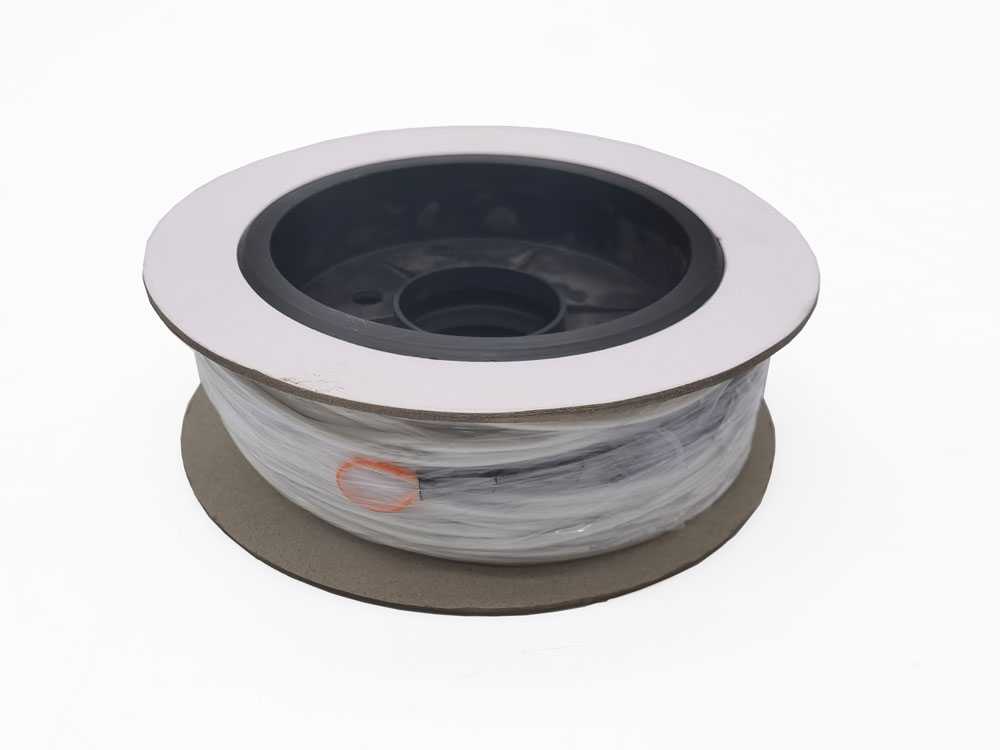
Cardboard drum (long meter)
1 pc /drum, 10 pcs / carton
Fiber Patch Cords FAQ
There are possible problems when use patch cord, excluding the quality of the product itself, in most cases, improper construction operations or environmental factors are the reasons.
Patch cord vs pigtails, what are the difference?
Fiber optic patch cord is with 2 connectors at both sides of the cable, generally used as a jumper cable to connected and transmit light by adapters. Patch cords have a thicker protective layer and are often used between terminal boxes and optical transceivers. Fiber optic patch cords can be cut into shorter lengths to make two pigtails.
Fiber optic pigtails only have one connector at cable one side, the other side is bulk head for fusion splice. They should be installed where they will be protected and spliced, so they are usually used with fiber optic management equipment like optical distribution frame (ODF), splice closures and cross cabinets. That’s why they are normally not sheathed.
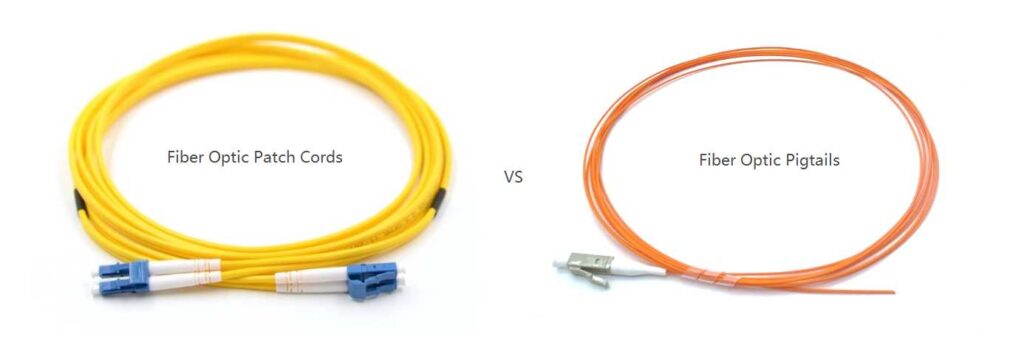
What Is The Riser Area?
Riser area are floor openings, tubes, or channels that run upwards over one or more floors. It is planned for use in upright shafts that run between floors.
What Are The Difference Of PC UPC APC?
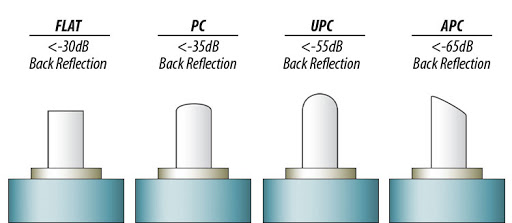
PC
PC stands for Physical Contact. It is the most commonly found polish type on OM1 and OM2 multi mode fiber, the return loss will be≥-35dB
UPC
UPC stands for Ultra Physical Contact. It is PC update with a better surface finish after extensive polishing and a lower return loss than the PC structure, approximately≥-50dB.
APC
APC stands forAngle Polished Connect. Take note of the angled tip of the white ceramic. This angle eliminates back reflections, which significantly reduce the performance of any analog fiber optic system, such as CATV and satellite. The return loss will be≥65dB.
What Is The General-Purpose Area?
A general-purpose area is all other areas that are not plenum or riser on the same space or floor.
Indoor patch cord vs outdoor patch cord, what are the difference?
We can distinguish from 2sides: one is the connectors, the other is optical cable.
Indoor optical cable usually soft cable with color to distinguish, PVC or LSZH, OFNP will be used in most applications, the diameter is small like 900um, 1.6mm, 2.0mm,3.0mm,3.5mm, etc. Fiber count is about 1core 2core, 4core, 8core ,12core, 24cores, etc. But mostly is 1core or 2cores, multi-fibers are not so much used.

Outdoor optical cable should be made to prevent insects, ants and rats from biting, sun and rain, corrosion, etc. The out jacket will be TPU, PE, HDPE, etc, LSZH is not enough, and color is normally is black and the fiber will be tight buffer inside. And it is mostly multi-fibers with loose tubes to distinguish. Now the popular type of outdoor fiber optic cable included: ftth drop cable, figure-8 cable, armored cable, waterproof cable, FTTA base station cable, etc.
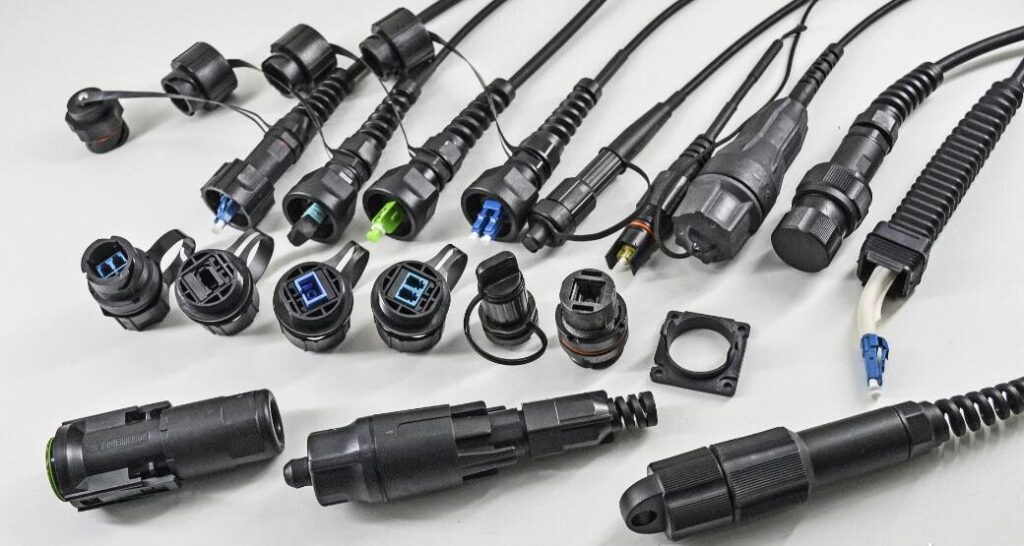
What are the main test performance of optical fiber jumper?
Return loss and insertion loss test. The test instrument can use FibKey7602 IL&RL integrated tester.
End face geometry test. The test parameters include radius of curvature, vertex offset, fiber height, etc. The testing instrument is interferometer. Many people use Norland AC/NC3000 or CC6000 for testing. In particular, CC6000 interferometer is used by more and more factories because of its superior cost performance.
Fiber end face scratch detection. We can use fiber microscope like FibView FV-400PA for inspection which is simple to use and show the clearest image. Some customers also use the FibKey-5600 variable magnification glass for testing. The instrument integrates 400x, 200x and 80x magnifying glass, which can clearly and conveniently observe the optical fiber end face and ferrule end face. Of course, relevant software can also be used for automatic inspection.
Optical fiber tension test. It is required to test the tensile force that the optical fiber connector can withstand. This is critical for overhead or pipeline pulling.
Ambient temperature test. It is necessary to test the performance index of optical fiber connector under different ambient temperatures.
Please refer to our capabilities for more details.



